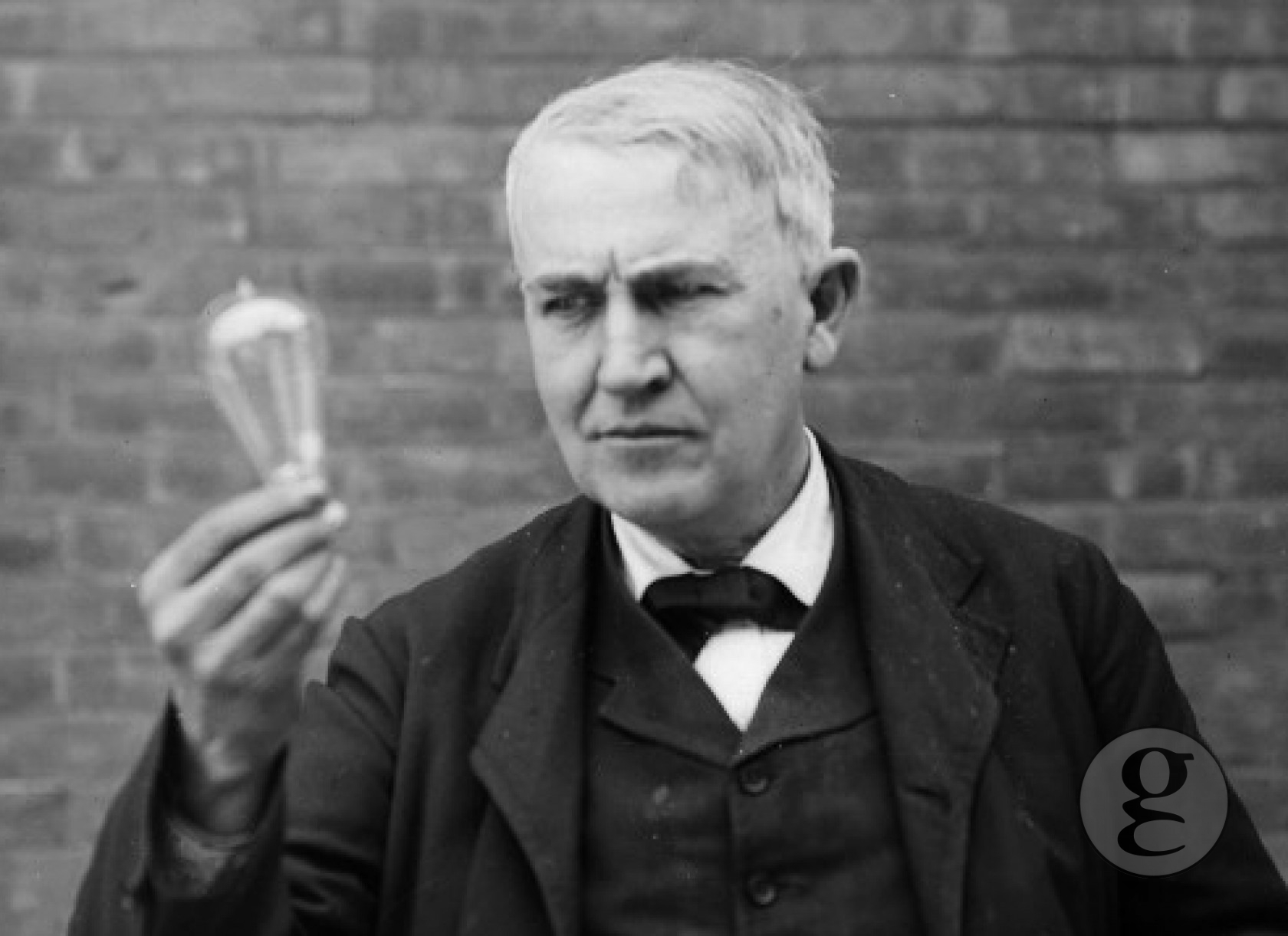Definition of World cinema?
World cinema, a term used in native English speaking countries inferring to the foreign language speaking countries' films and their film market/ industries. The term often used to imply it is foreign film.
Both world cinema and foreign film refers to films across nations, around the world in all forms of languages.
Earlier Days - film making contributions
Thomas Edison

Thomas Edison known for his contribution of many inventions back in the earlier days.
Edison's inventions greatly impacted the life of people all around the nations and around whole globe,
However many do not know Edison's contribution to the film making industry in the earlier days.
He invented the phonograph and a long lasting electrical light bulb, as we all know lighting is an very important element in film making.
He also had contribution in the invention of kinetograph and kinetoscope.

Edison owns a movie production studio, also known as "Edison's black maria" which is also America's first movie production studio.
His production studio made close to 1,200 films though majority was short.
Films includes Black smith scene (1893), Fred Ott's sneeze (1894) and The kiss (1896).
The Lumiere brothers
The Lumiere brothers were known as one of the first filmmakers in the entire history. With Auguste Marie Louis Nicolas (19 Oct 1862-10 April 1954) and Louis Jean (5Oct 1864-6 June 1948).
The Lumiere brothers held their very own first private screening in 1985 using project motion pictures.
The moving images had an immediate influences on popular culture with "Arrival of a train at a station and drawing out coke.

The cinematograph which also known as a motion picture camera that consist an 3 in 1 function which could record, develop and also project which is further developed by the Lumieres.

Marie-Georges-Jean Méliès ( 8 December 1861 – 21 January 1938), was a french illusionist and a film director. He was famous for leading to many technical an narrative developments in the early years of cinema. He was also known as prolific innovator in the use of special effects, and popularizing techniques such as time lapse photography, substitution splices, multiple exposures, dissolves, and hand painted colour.
He is also known as the first filmmaker that uses storyboard.
One of my favourites from him was "A trip to the moon" (1902).

No comments:
Post a Comment